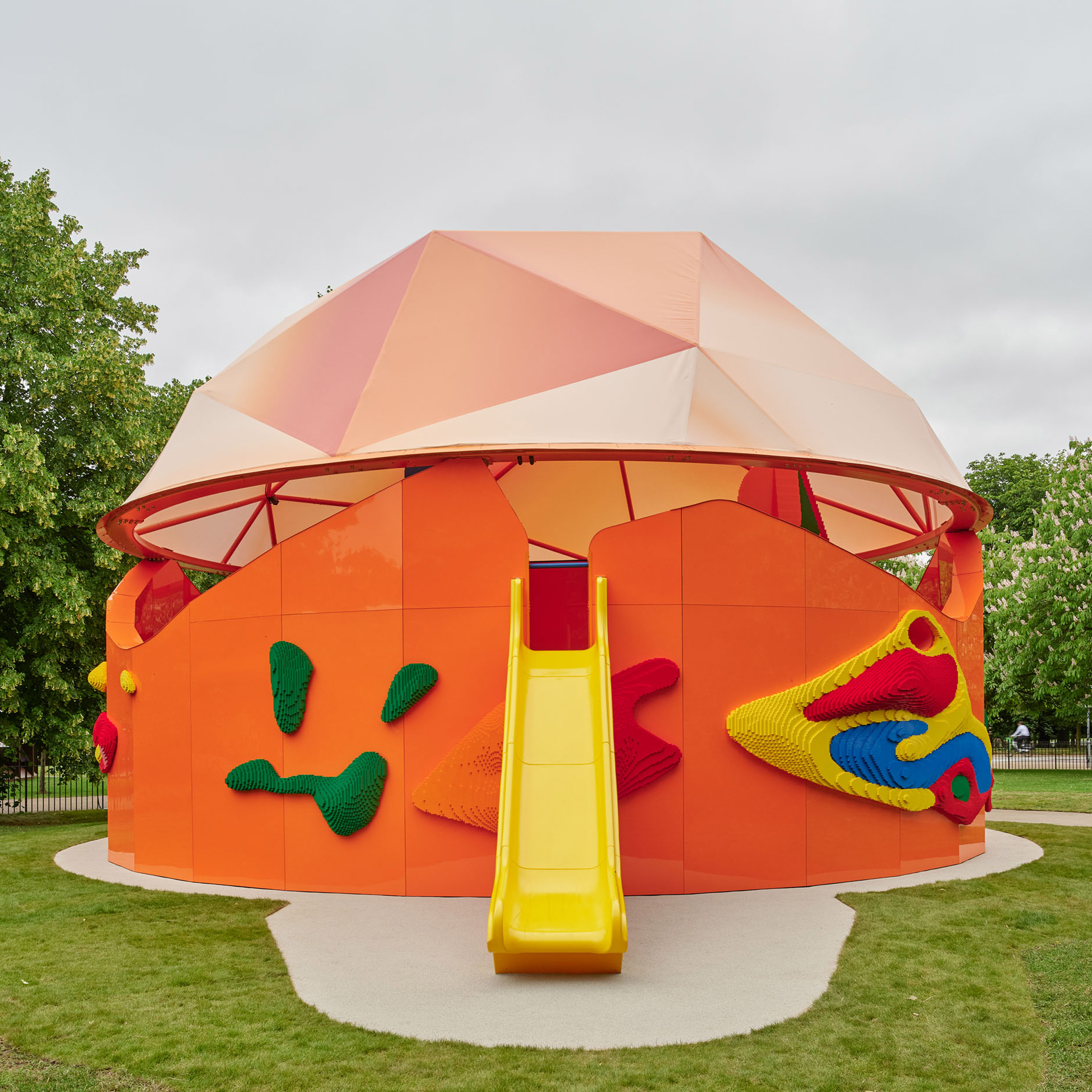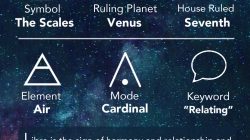The Resurgence of Domes in Modern Architecture
Domes have been making a significant comeback in the world of architecture. From historical landmarks to contemporary designs, these structures continue to capture the imagination of architects and the public alike. In this article, we explore ten recent examples that highlight the renewed interest in domed architecture.
A Historical Perspective on Domes
The use of domes in architecture dates back thousands of years. One of the most iconic examples is the Pantheon in Rome, which features a massive dome that has stood for nearly 2,000 years. This architectural marvel has inspired generations of designers, including Richard Buckminster Fuller, who patented the geodesic dome in 1954. His innovative design became popular among the hippie movement, notably seen in the Drop City artists’ commune in Colorado.
In 1976, the smooth, monolithic dome was developed in Idaho for storing potatoes, as documented by the Monolithic Dome Institute. While domes have not been as prevalent in recent years, trends in architecture often follow cycles, and there are clear signs that the dome is experiencing a revival.
Notable Recent Examples of Domes
Play Pavilion, UK, by Peter Cook
The Serpentine Gallery’s annual summer pavilion in Kensington Gardens provides architects with a platform to experiment. This year, a children’s pavilion was commissioned alongside the main event for the first time. British architect Peter Cook, known for co-founding Archigram in the 1960s, designed a structure with wavy walls topped by a geodesic dome roof.
Ground, South Korea, by Tadao Ando
In Wonju, South Korea, Japanese architect Tadao Ando created a cave-like concrete gallery for the Museum SAN. This space serves as an exhibition for cast-iron sculptures by British artist Antony Gormley. The design challenges traditional white-cube exhibition formats, offering a more immersive experience.
HATA, USA, by Anastasiya Dudik
HATA, a holiday home in the California desert, caught attention for its moonbase-like appearance. Designer Anastasiya Dudik described the concept as “future primitive,” blending organic forms with a futuristic approach. This unique design reflects a growing trend towards innovative and sustainable living spaces.
Blue Ocean Dome, Japan, by Shigeru Ban
For Expo 2025 Osaka, renowned architect Shigeru Ban designed a pavilion consisting of three domes. He used materials such as cardboard, laminated bamboo, and carbon-fibre-reinforced plastic to create lightweight, easily disassembled structures that minimize waste.
West Bund Dome Art Center, China, by Schmidt Hammer Lassen
The Danish architecture studio Schmidt Hammer Lassen transformed an existing cement factory in Shanghai into a performing arts and sports venue. They restored the dome’s orange-painted internal steel frame, preserving its historical significance while integrating it into a modern urban landscape.
Wisdome Stockholm, Sweden, by Elding Oscarson
Elding Oscarson constructed a dome at the National Swedish Museum of Technology using nearly 300 triangular pieces of cross-laminated timber. The dome features tiered seating surrounded by 3D screens, with a timber roof that curves over the structure, making it a focal point of the building.
Apple The Exchange TRX, Malaysia, by Foster + Partners
Foster + Partners challenged conventional dome designs with their Apple Store in Kuala Lumpur. The glazed dome transitions between square and round geometries, creating a seamless visual effect. The store is built around a sunken retail space covered in louvres to protect shoppers from the tropical sun.
Twisted Brick Shell Library, China, by HCCH Studio
This pavilion, located across the Quijiang River from Quzhou, plays with the concept of a dome. It consists of two hemispheres connected by a twisting wall, constructed from perforated steel plates and concrete. The design creates the illusion of mortar between brickwork, showcasing a blend of traditional and modern techniques.
Intuit Dome, USA, by AECOM
The Intuit Dome, designed by AECOM for the LA Clippers NBA team, is a prime example of domed sports arenas. Opened in August 2024, the structure features a gridded dome shell clad in diamond-shaped metal panels resembling a basketball passing through a net. Similar efforts include renovations of the Caesars Superdome in New Orleans following Hurricane Katrina.
MSG Sphere Las Vegas, USA, by Populous
The MSG Sphere Las Vegas, designed by Populous, is a vast dome that made waves when it opened. Despite being referred to as a sphere, it is technically a dome. Its gigantic screen skin, formed of tens of millions of LEDs, has become a landmark in the entertainment industry.
These examples illustrate the enduring appeal of domes in architecture. As trends evolve, the use of domes continues to inspire innovation, blending historical significance with modern design. The resurgence of domed architecture signals a promising future for this timeless form.







